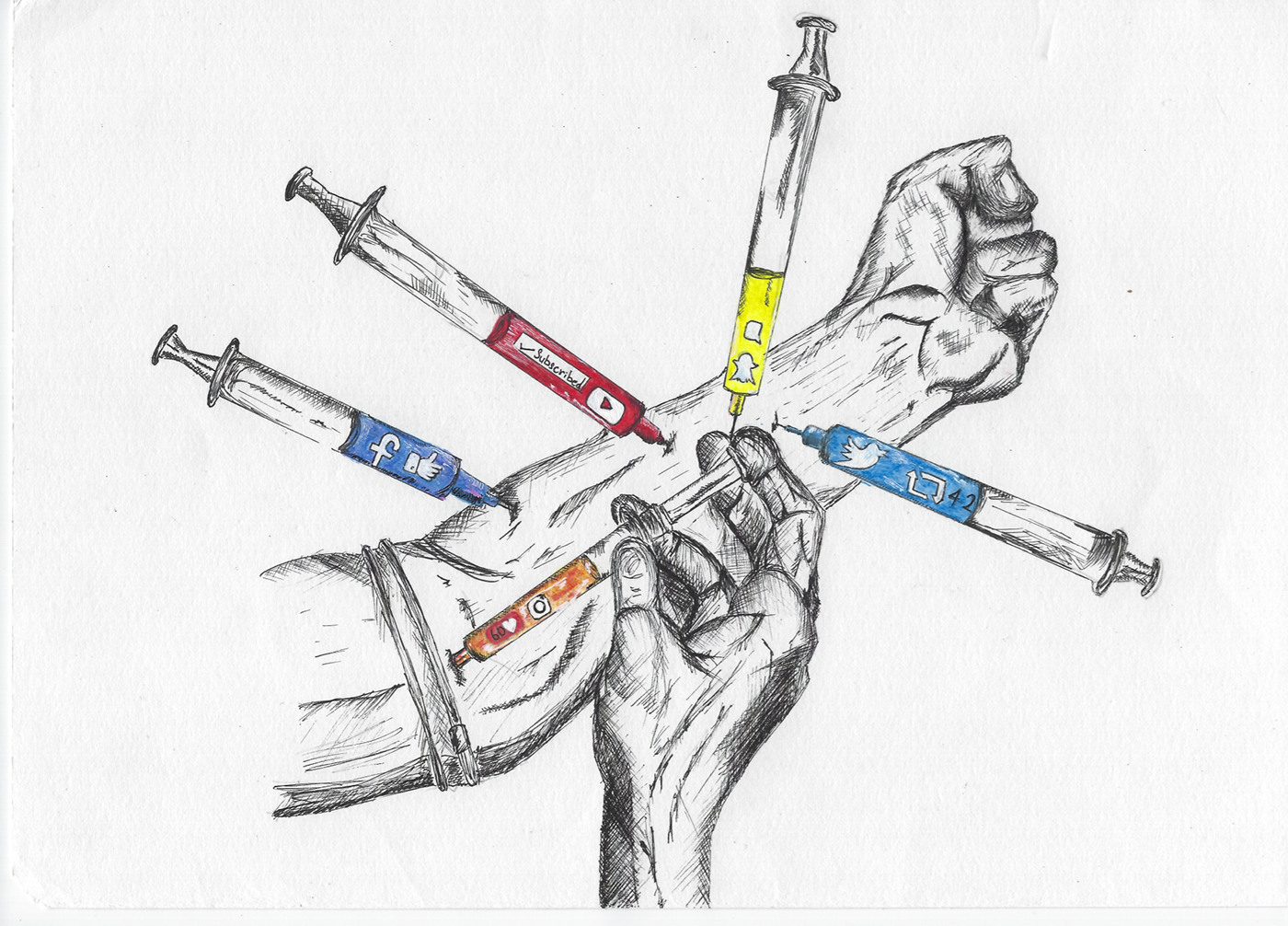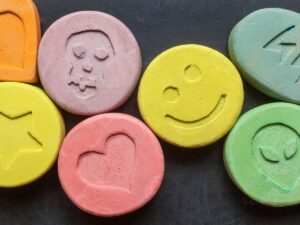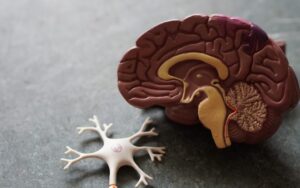Dopamine is a key player in our brain’s reward system, driving the motivation behind many of our actions and desires. But what happens when this natural chemical leads to addiction? In recent years, the concept of dopamine addiction has gained attention, with people looking to understand how this neurotransmitter can create powerful cravings that can sometimes spiral into destructive behaviors. This article aims to break down the science behind dopamine addiction, exploring what it is, its symptoms, and how it affects our everyday lives.
What Is Dopamine Addiction?
Dopamine is often referred to as the “feel-good” neurotransmitter, as it plays a crucial role in the brain’s reward circuit. When we experience something pleasurable—like eating our favorite food, exercising, or even engaging on social media—dopamine is released, reinforcing that behavior and making us want to repeat it. This is where addiction can begin to take root.
Dopamine addiction refers to the phenomenon where individuals become dependent on the release of dopamine to feel pleasure. Though it’s not an official medical diagnosis, the term is used to describe behaviors that are driven by the need for constant dopamine stimulation. Whether through substance abuse, gaming, or even compulsive shopping, the brain becomes reliant on that dopamine rush, leading to habitual actions that can be difficult to control.
How Dopamine and Addiction Are Linked
Understanding the link between dopamine and addiction requires a closer look at how this neurotransmitter functions in the brain. Dopamine doesn’t just make us feel good—it motivates us to seek out experiences that trigger its release. This is why dopamine is so closely tied to addiction.
Addictive substances or activities artificially raise dopamine levels, producing intense pleasure or satisfaction. Over time, however, the brain becomes less sensitive to these higher dopamine levels, leading individuals to seek out more of the substance or activity to achieve the same effect. This is known as tolerance, a hallmark of addiction. Whether it’s a drug or a dopamine-triggering behavior like gambling, the brain rewires itself to prioritize that activity over others, fueling the addictive cycle.
Dopamine Addiction Symptoms
While dopamine addiction is not officially classified as a mental health disorder, its effects can still be felt in various ways. Below are some common dopamine addiction symptoms:
1. Compulsive Behavior
Individuals with a dopamine addiction often engage in compulsive behavior, whether that’s substance abuse, overeating, or excessive use of digital platforms like social media. These behaviors can be hard to stop, even when they negatively impact one’s life.
2. Mood Swings
Fluctuations in dopamine levels can lead to rapid changes in mood. When the dopamine “high” fades, it can leave individuals feeling irritable, anxious, or depressed.
3. Increased Tolerance
As with any addiction, the body builds a tolerance to dopamine-triggering activities. This means that over time, more of the substance or activity is required to achieve the same pleasurable feeling.
4. Withdrawal Symptoms
If a person tries to cut back on the dopamine-inducing behavior or substance, they may experience withdrawal symptoms like fatigue, depression, or cravings for the addictive behavior.
5. Neglect of Responsibilities
Addiction often leads to neglecting daily responsibilities. Individuals may prioritize the dopamine-triggering activity over their work, family, or personal health.
Are You Addicted to Dopamine?
If you find yourself constantly seeking out activities or substances that trigger pleasure, you might be asking, “Am I a dopamine addict?” While it’s normal to enjoy activities that release dopamine, it becomes problematic when those activities take over your life or you can’t control your urges. Signs of being addicted to dopamine include obsessively seeking out pleasure-inducing activities, feeling an overwhelming need to engage in those activities, and neglecting other aspects of life in pursuit of a dopamine rush.

Breaking the Cycle: Overcoming Dopamine Addiction
Breaking free from a dopamine addiction requires understanding the mechanisms behind the cravings and retraining the brain’s reward system. The good news is that it is possible to regain control. Here are some ways to begin:
1. Seek Professional Help
Substance abuse or behavioral addictions often require professional treatment. Facilities like All American Detox provide comprehensive addiction recovery programs designed to address both the physical and psychological aspects of addiction, including dopamine-driven cravings.
2. Implement Healthy Habits
Replacing unhealthy dopamine triggers with positive habits like regular exercise, meditation, and social interaction can naturally boost dopamine levels without the risks associated with addictive behaviors.
3. Cognitive Behavioral Therapy (CBT)
CBT is an effective treatment for addiction, as it helps individuals identify and change the thought patterns that lead to addictive behaviors. By addressing the root causes of the addiction, CBT can help individuals develop healthier ways to cope with cravings.
4. Gradual Reduction
Whether it’s reducing the amount of time spent on social media or cutting back on certain substances, gradually reducing exposure to dopamine-inducing behaviors can help reset the brain’s reward system.
5. Mindfulness Practices
Mindfulness-based therapies like meditation and yoga can help individuals become more aware of their cravings and learn to manage them without giving in to the desire for immediate gratification.
Conclusion: Understanding and Managing Dopamine Addiction
Dopamine is a powerful neurotransmitter that drives much of our behavior, but when its effects are over-stimulated, it can lead to addiction. By understanding the science behind dopamine addiction and recognizing the symptoms, individuals can take the first step toward breaking the cycle and reclaiming control over their lives.
Whether you’re struggling with substance abuse or behavioral addictions, seeking support is essential. All American Detox offers evidence-based treatment options tailored to the needs of those dealing with addiction. Recovery is possible, and understanding the role of dopamine in addiction is key to taking the first step.





